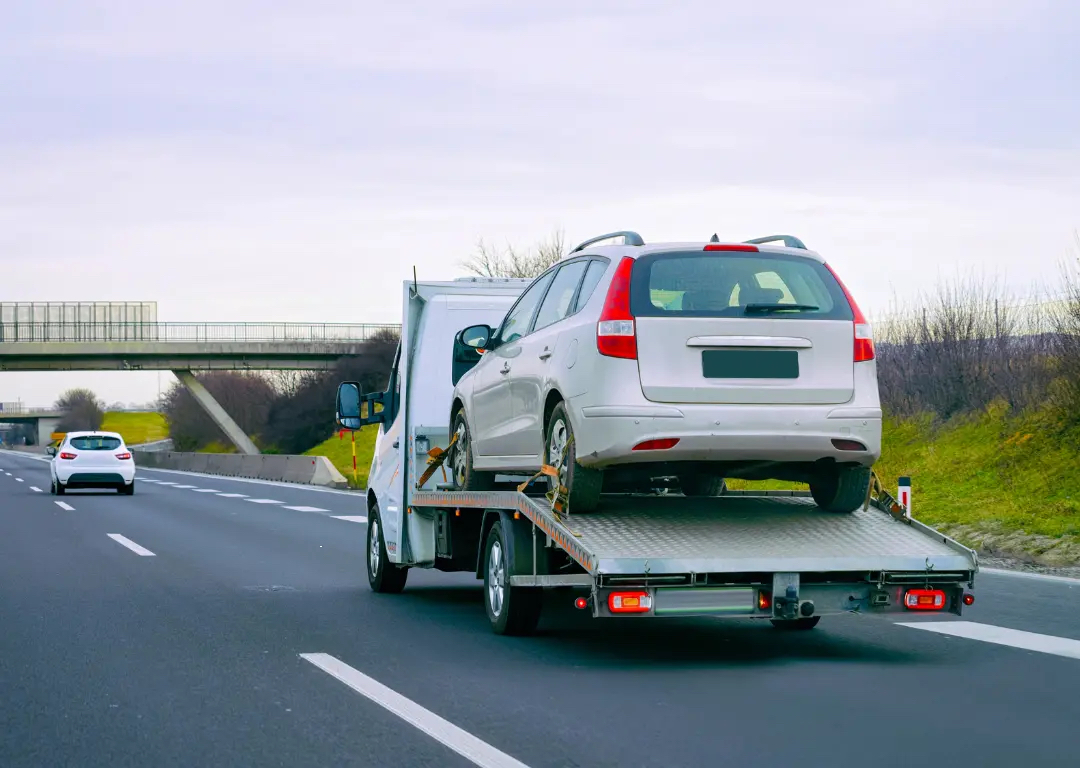Introduction
Open carrier car shipping is one of the most popular and cost-effective methods of transporting vehicles across the United States. Whether you’re moving to a new state, purchasing a car from a distant location, or sending a vehicle to a buyer, open carrier shipping provides a practical solution. However, a common concern among car owners is the safety of this method. This comprehensive guide will explore the safety aspects of open carrier car shipping in the USA, including its benefits, potential risks, and how to protect your vehicle during transit.
What is Open Carrier Car Shipping?
Open carrier car shipping involves transporting vehicles on an open trailer, typically a multi-level truck that can carry several cars at once. These trailers are open to the elements, meaning that the vehicles are not enclosed in a protective container. This method is widely used due to its affordability and availability, as open carriers are more common than enclosed trailers.
How Safe is Open Carrier Car Shipping?
Open carrier car shipping is generally considered a safe and reliable method for transporting vehicles. Thousands of cars are shipped across the country using this method every day without incident. However, like any shipping method, it has its risks.
1. Exposure to Weather Conditions
One of the primary concerns with open carrier shipping is exposure to weather elements. Since the vehicles are not enclosed, they are subject to rain, snow, hail, and sun during transit. While this may seem concerning, it’s important to note that cars are designed to withstand various weather conditions. Your vehicle endures similar exposure when parked outside.
However, in extreme weather conditions, there is a risk of minor damage. For instance, hailstorms could potentially cause dents or scratches, and prolonged exposure to the sun could affect the paint. Fortunately, such events are relatively rare, and most vehicles arrive at their destination without any weather-related damage.
2. Risk of Road Debris
Another safety concern is the possibility of road debris, such as rocks or dirt, hitting the vehicle during transit. Since the vehicle is not protected by an enclosure, it is more vulnerable to minor scratches or chips from debris. However, experienced drivers of open carriers are trained to take precautions to minimize this risk by maintaining safe distances from other vehicles and avoiding hazardous routes whenever possible.
3. Loading and Unloading Risks
The process of loading and unloading vehicles onto the open carrier presents some risk. Improper handling or equipment failure could result in minor damage to the vehicle. However, reputable car shipping companies employ trained professionals who follow strict protocols to ensure that vehicles are securely loaded and unloaded, reducing the likelihood of such incidents.
4. Insurance Coverage
One of the key factors contributing to the safety of open carrier car shipping is insurance coverage. Most car shipping companies offer insurance that covers any damage that may occur during transit. It’s essential to understand the terms of this coverage, including what is covered and the extent of the coverage. In some cases, you may want to consider purchasing additional insurance for added peace of mind.
Benefits of Open Carrier Car Shipping
Despite the potential risks, open carrier car shipping offers several benefits that make it an attractive option for many car owners.
1. Cost-Effective
Open carrier shipping is typically less expensive than enclosed shipping. Since the trailers can carry multiple vehicles at once, the cost is distributed among several customers, making it a more affordable option. For those looking to ship a standard vehicle, open carrier shipping provides excellent value for money.
2. Widely Available
Open carriers are the most common type of car transport in the USA, making them widely available for various routes. This availability means that it’s easier to find a carrier on short notice, and you’re more likely to get your vehicle shipped within your desired timeframe.
3. Suitable for Most Vehicles
For most standard vehicles, open carrier shipping is a suitable option. Since the majority of cars, trucks, and SUVs are designed to withstand outdoor conditions, they are well-suited for open transport. It’s an ideal choice for everyday vehicles, especially those that do not require special protection.
Tips for Protecting Your Vehicle During Open Carrier Shipping
While open carrier car shipping is generally safe, there are steps you can take to further protect your vehicle and ensure a smooth shipping experience.
1. Choose a Reputable Shipping Company
The safety of your vehicle largely depends on the professionalism of the shipping company you choose. Research potential companies thoroughly, read customer reviews, and ask about their safety records. A reputable company will have experienced drivers, proper licensing, and adequate insurance coverage.
2. Inspect Your Vehicle Before Shipping
Before handing over your vehicle to the shipping company, perform a thorough inspection. Take note of any existing dents, scratches, or other damage, and take photos as evidence. This documentation will be useful if you need to file an insurance claim for any damage that occurs during transit.
3. Remove Personal Belongings
It’s advisable to remove all personal belongings from the vehicle before shipping. Items left in the car could shift during transit, potentially causing damage to the interior or being lost. Additionally, most shipping companies do not cover damage to personal items, so removing them minimizes risk.
4. Check Tire Pressure and Fluid Levels
Ensure that your vehicle’s tires are properly inflated and that all fluid levels are checked before shipping. Proper tire inflation helps prevent any potential damage during loading and unloading, while checking fluid levels ensures that your vehicle is in good working condition upon arrival.
5. Consider Additional Insurance
If you’re particularly concerned about the safety of your vehicle, consider purchasing additional insurance coverage. This can provide extra protection and peace of mind, especially for high-value or classic cars. Be sure to review the terms of the insurance policy to understand what is covered.
6. Schedule Delivery Wisely
If possible, try to schedule your vehicle delivery during a period of mild weather to minimize exposure to harsh conditions. Additionally, avoid scheduling delivery during busy travel times, as this can increase the risk of road debris and accidents.
Conclusion
Open carrier car shipping is a safe and reliable method for transporting vehicles across the USA. While there are potential risks associated with exposure to weather and road debris, the majority of vehicles are shipped without incident. By choosing a reputable shipping company, performing a thorough pre-shipping inspection, and taking other precautionary steps, you can further protect your vehicle and ensure a smooth shipping experience. For most standard vehicles, open carrier car shipping offers an excellent balance of safety, convenience, and affordability.




